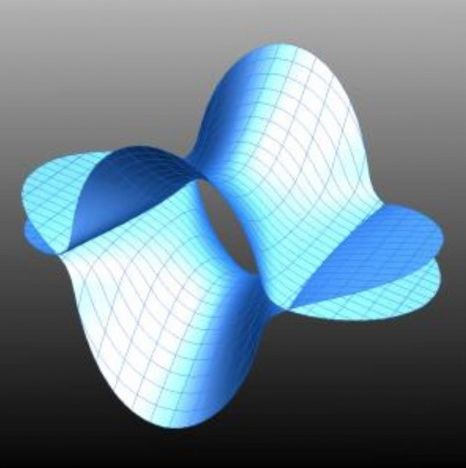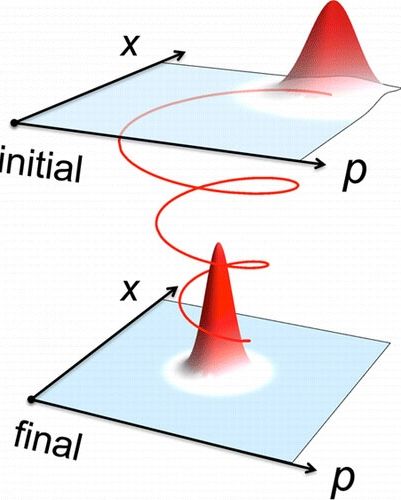May 17, 2016
U.S. startup pursues self-driving semis but big-rig bots still down the road
Posted by Karen Hurst in categories: robotics/AI, transportation
I do see delays of self-driving 18 wheelers across the US. Too many laws & regulations would need to change, consumer safety & protection advocacy groups, etc. will delay this in the US.
SAN FRANCISCO – Picture an 18-wheel truck barreling down the highway with 80,000 pounds of cargo and no one but a robot at the wheel.
To many, that might seem a frightening idea, even at a time when a few dozen of Google’s driverless cars are cruising city streets in California, Texas, Washington and Arizona.
Continue reading “U.S. startup pursues self-driving semis but big-rig bots still down the road” »

















